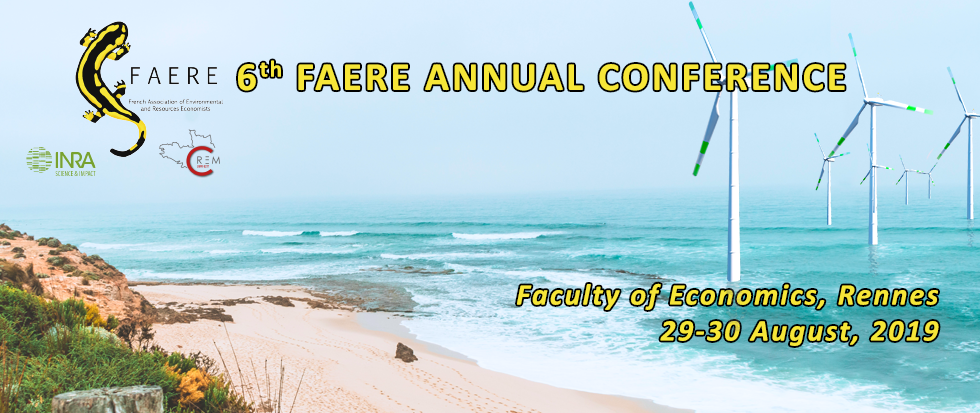In recent years, the issue of climate change puts on many governments' agenda the need for reducing greenhouse gases emissions. To this end, the integration of renewable energy (wind, solar) into the energy mix has been encouraged to pave a way for the decarbonation of the electricity industry. In parallel to the massive deployment of renewable energy sources which are intermittent in nature (i.e. variable and uncertain), the increasing energy demands sparkes huge challenges in terms of garanteeing the security of energy supply into the electric system. To deal with this challenge, a new way of bringing flexibility is needed. Conventionally, a widely known approach for balancing the system is based on changing generation sources output to match the rising demand for energy.
With the deployment of Smart Grid (SG) infrastructures (e.g. smart meters and Information and Communication Technology), Demand Response (DR) has attracted more attention from researchers. DR not only plays a key role by enabling more efficient and reliable grid operation but also enables end-users to be more avtively engaged in load management or reducing the peak demand. Specifically, DR can be considered as the ability for end-users to be flexible in response to economic signals (price or reward) that the utility company can use to incentivize consumer to reshape their power usage patterns [2] . Demand response programs are mainly divided into Price-Based Demand Response Programs (PB-DRP) and Incentive-Based Demand Response Programs (IB-DRP).
Recently, there are many studies on Demand Response based on game theoretical approach [1,7, 6]. Specifically, study in [11] uses single-leader/multiple-follower Stackelberg game to investigate the interactions between utility company and a number of residential end-users. Yu and Ho Hong in [11] analyze a DR game based on real time pricing which is aimed to balance supply and demand as well as flatten the aggregated power demand in the whole system. An incentive-based DR based on a two-loop Stackelberg game is applied to capture interactions between a grid operator, multiple service providers, and group customers in order to ensure the system-level dispatch [12]. [4] consider a price-based DR in a retail market and analyze the impacts of integrating renewables and local storage in both a retailer and its customers. Nevertheless, few papers are devoted to the Incentive-based DR program which take into account the impacts of the integration Distributed Enegy Resources (DER) at the consumers permises (i.e. Energy Storage System and Renewable Energy Sources).
In this study, we propose an novel incentive-based DR strategic interaction between a grid operator and a group of residential end-users through a Stackelberg game approach. We first build analytical model, then after run numerical simulations.
The remainder of the paper is organized as follows: Section II introduces the Stackelberg game model. Section III analyzes the proposed game process and provides proof of the existence and uniqueness of the SE. Section IV describes an extension that integrates Energy Storage System (e.g. battery) and Renewable Energy Sources (e.g. solar PV or wind turbine) at each household location and analyses their impact on the DR game model. Section V discusses the simulation results. And finally, Section VI gives conclusions.



